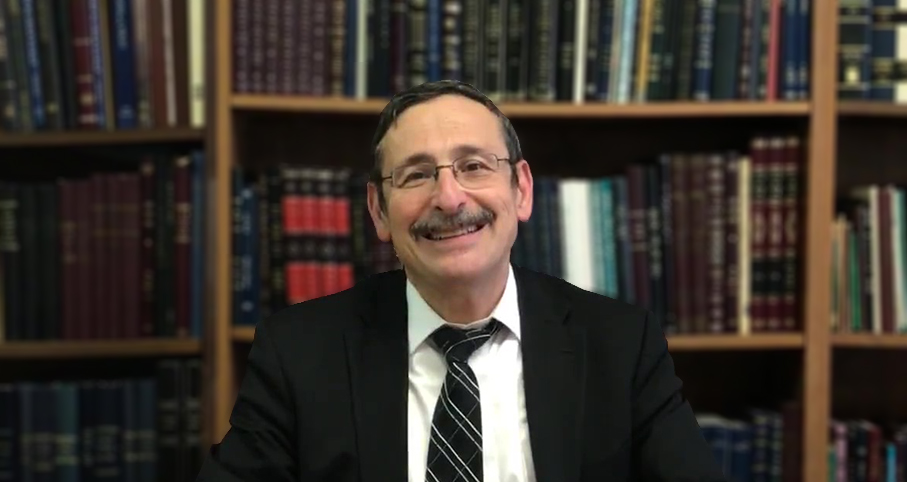- Sections
- Parashat Hashavua
190
A fascinating gemara (Berachot 60a) builds on the story behind Dina’s birth. The Torah says, "And afterward, she gave birth to a daughter, and she called her name Dina" (Bereishit 30:21). Rav explains that "afterward" hints at Leah’s calculation (din) during her pregnancy that if she would have a seventh son, Rachel would have only one of the twelve prophesied sons of Yaakov, and therefore the baby was turned into a girl, called Dina.
The gemara does not explain how the fetus turned into a girl, whether it was through a change in genes or in some other way. Targum Yonatan explains the miracle as follows. Leah was pregnant with Yosef, and Rachel was pregnant with Dina, and Hashem switched the babies from womb to womb. Rabbi Elazar Hakalir also takes this approach in a yotzer for Mussaf of Rosh Hashana.
Following the logical conclusion of this midrashic approach, in the case that a baby is born from the egg of Woman A that was implanted in the womb of Woman B, it is considered the child of Woman B. Only in that way can we (and, more importantly, the Torah) call Yosef the son of Rachel and Dina the daughter of Leah. There are those who wanted to reach halachic conclusions regarding the modern miraculous (in its own way) phenomenon of surrogate motherhood, that the birth mother is the halachic mother, not the genetic mother (the egg provider). There are many halachic ramifications to the claim that the surrogate is the halachic mother.
However, many argue cogently that midrashim are intended to teach matters of ethics, not halacha, for which Chazal employed a different system. So what do we learn ethically? From the story of Rachel, Leah, and Yaakov we see the importance of people being willing to sacrifice for the sake of their relative, which is also true regarding others in society. We also are reminded about the extreme personal yearning for children and the extent to which we should help such people bring children into the world.
Today there are many more avenues to explore in fulfilling these natural yearnings, and we are proud that Israel and significant parts of the rabbinic community are in the forefront of these efforts. Feel free to contact us at: info@eretzhemdah.org for a copy of our responsum on surrogacy. In the meantime, we wish all a life full of happiness and the laughter of children, grandchildren, and great-grandchildren.

Parashat Hashavua: Counting and Soldiers – Then and Now
Rabbi Yossef Carmel | Adar 5785

A Convergence of “Ot”s
Rabbi Yossef Carmel | 5771

Zaken Mamreh
Rabbi Yossef Carmel | 4 Elul 5767

On the Book, the Sword, and “Bots”
Rabbi Yossef Carmel | Elul 3 5783

Switching Chazanim at Ashrei
Rabbi Daniel Mann | Kislev 19 5780

Women in Synagogue
Rabbi David Sperling

Understanding the Shalom Zachor
Rabbi Avraham Rosenthal | Cheshvan 12 5780

The Fruits of the Fourth Year
Rabbi Yirmiyohu Kaganoff

Reassuring His Parents – #314 – part II
Date and Place: 23 Sivan 5670 (1910), Yafo
Beit Din Eretz Hemda - Gazit | Iyar 5785

Daf Yomi Shevuot Daf 5
R' Eli Stefansky | 8 Iyar 5785

Parashat Hashavua: Kedoshim Teh’yu, Goy Kadosh – Are They Related?
Rabbi Yossef Carmel | Iyar 5785







